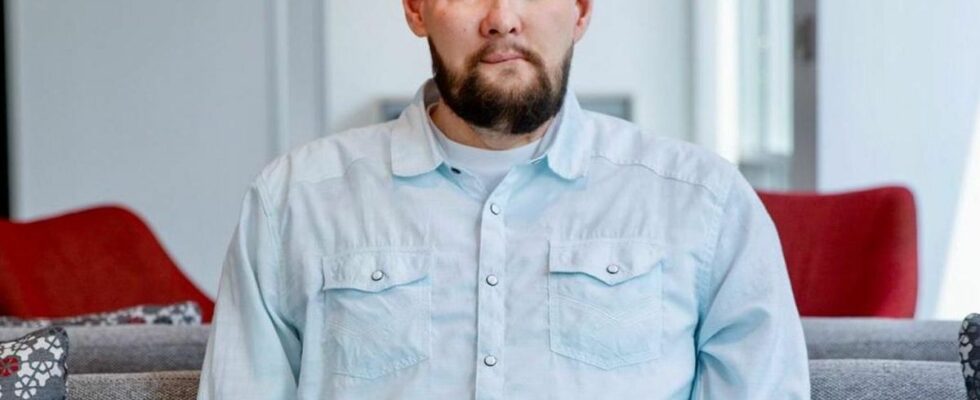Published on
updated on
Reading 3 min.
It’s a world first that’s giving hope to millions. Aaron James, a 46-year-old, has made history as the first patient to undergo a full eye transplant with part of his face. One year after this groundbreaking surgery at NYU Langone Health in New York, his recovery has exceeded all expectations.
In August 2023, Aaron James, who was seriously injured in a work accident in 2021, received an eye transplant along with a partial face transplant. The surgical team, led by Dr. Eduardo D. Rodriguez, achieved what many thought impossible: successfully reconnecting the optic nerve, opening the door to a vision recovery never before possible.
The historic operation: An unprecedented medical feat
The procedure, which lasted more than 21 hours, is not only a milestone for modern medicine, but also marks a turning point for the future of facial and eye transplant surgery. Dr. Rodriguez highlighted the complexity of the 21-hour surgery that involved innovative microsurgical techniques, customized surgical devices and cell therapies.
This procedure included the first attempt to inject stem cells into a human optic nerve during transplantation, with the aim of enhancing nerve regeneration, offering hope for vision recovery. Although the eye has not yet regained full vision, the progress observed is extremely promising.
Hope for a functional eye transplant
A year after the surgery, doctors were amazed by the results. Aaron James had regained much of his facial movement. Tests of his eye showed several encouraging results, including normal eye pressure, good blood flow to the eye, and some remaining structure in the retina. However, he was unable to see light, and significant damage to the optic nerve led to loss of retinal tissue as the eye healed.
Electroretinography – a test that measures the retina’s electrical response to light – shows a response from photoreceptors, indicating that rods and cones, the light-sensitive nerve cells in the eye, survived the transplant, offering hope for the future of whole-eye transplants to restore sight.
Having successfully completed the challenge of transplanting an entire eye, the next challenge is to successfully preserve the eye’s nerve cells during the transplantation process.”We have successfully transplanted an eye. Now we need to work further to understand how to restore the eye’s sight“, said Dr. Rodriguez.We look forward to continuing this research in collaboration with academia to accelerate these discoveries with unique tools and best-in-class therapies.“.
But now James is enjoying his new life: no more prying eyes, the ability to enjoy solid foods again, even the simple pleasure of smell. He can now focus on what matters most: sending his daughter, Allie, to college.I’m a normal man again, I do normal things“, James said.Overall, this year has been the most transformative of my life. I have been given a second chance and I don’t take a single moment of it for granted.“.
He says he was looking forward to a visit to the administrative center to finally replace his driver’s license. Exchanging the old license, which showed his injured face, for one that reflected his new identity moved the administrative employee to tears.
James continues to attend regular follow-up appointments at NYU Langone and is proud to be a part of such transformative research.”I felt honored to be patient zero. Even though I can’t see with my new eye, I have regained my quality of life and I know this is a step forward in helping future patients.“, James said.
Looking to the future
Aaron James continues to undergo an intensive rehabilitation program, hoping to regain even more facial mobility and visual function. This world first opens the door to new possibilities in reconstructive surgery. The advances made in Aaron James’ transplant could benefit thousands of patients around the world, whether for facial, eye or other complex tissue transplants.
